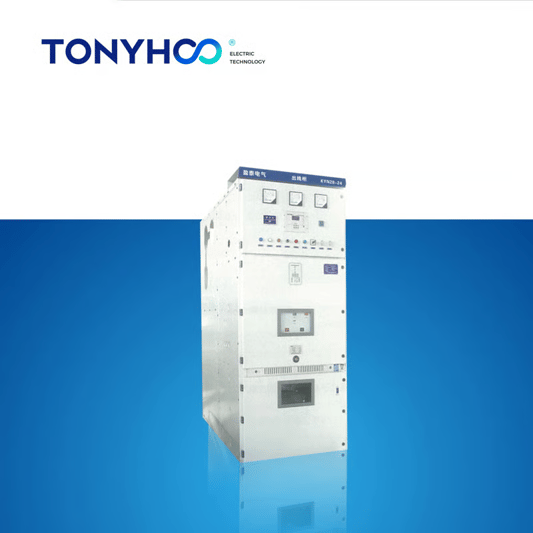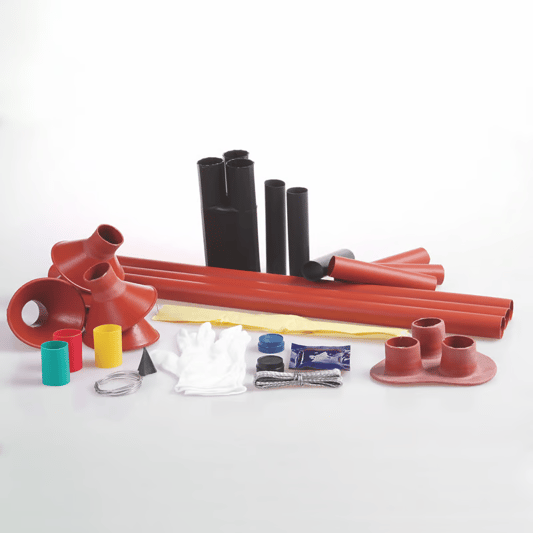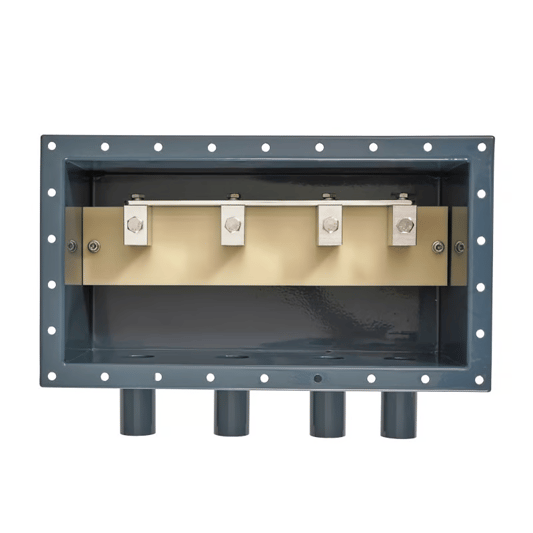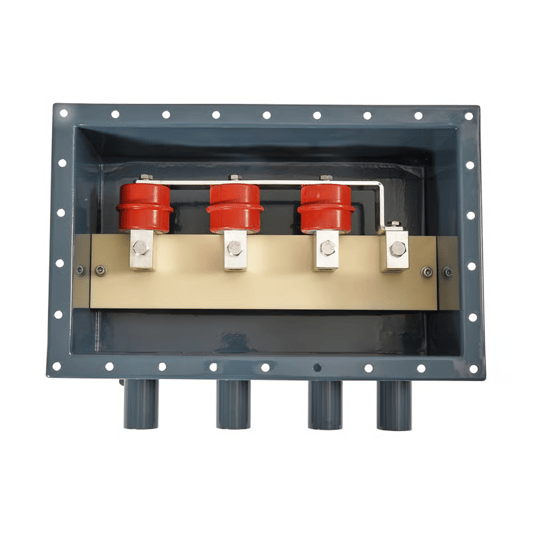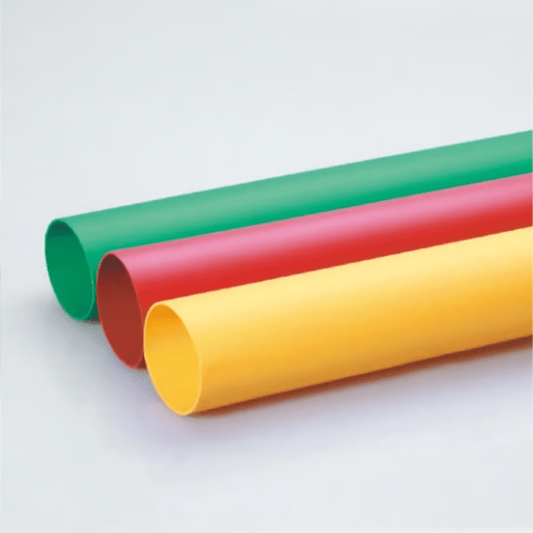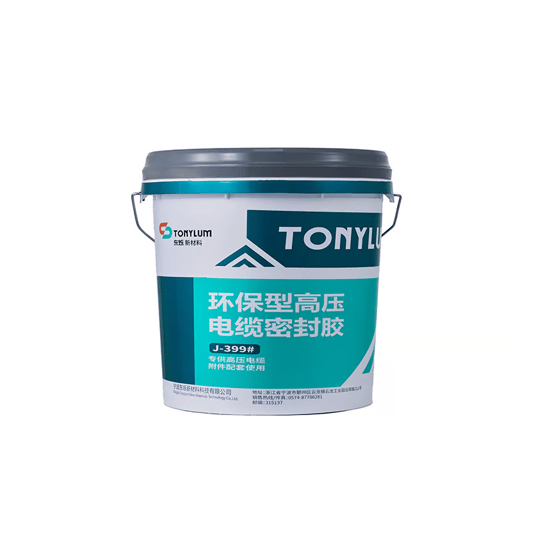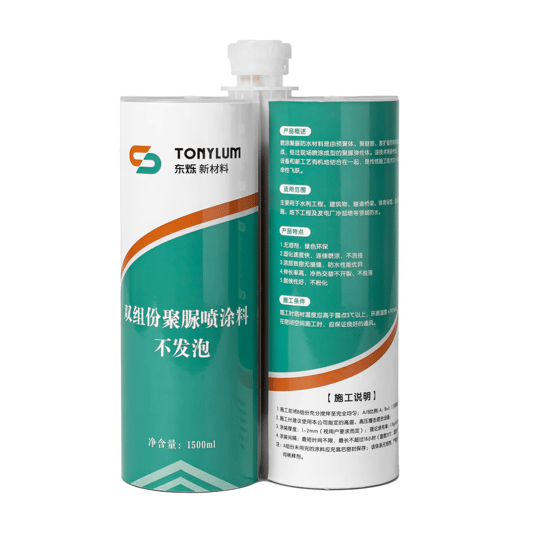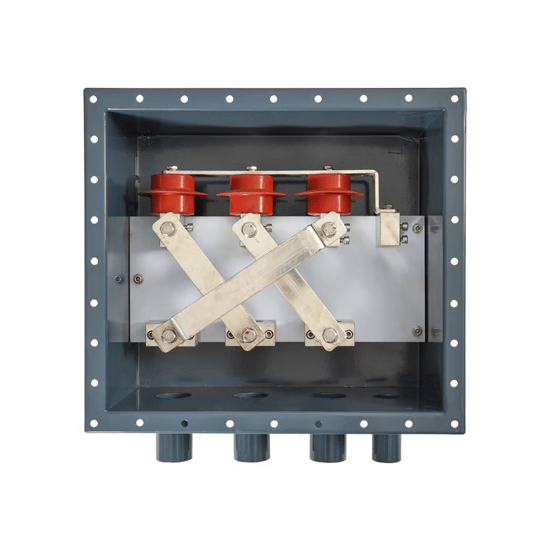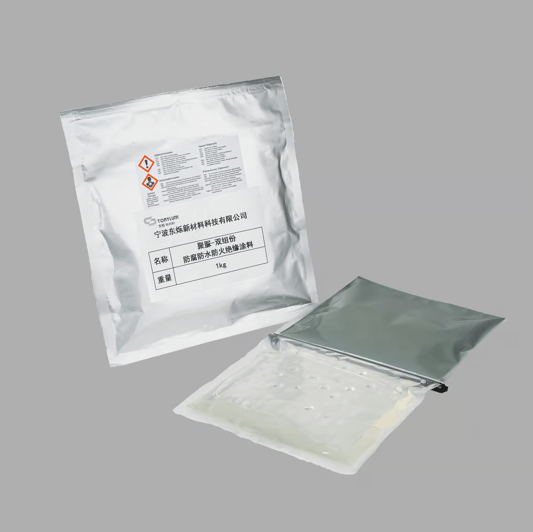Enhanced Safety FeaturesArmored transfer type AC metal-enclosed switchgear is designed with safety in mind, providing protection for both equipment and personnel. With features such as compartmentalization, arc flash prevention, and interlocking mechanisms, this switchgear ensures a safe working environment.Reliable PerformanceThis type of switchgear is known for its reliability, offering consistent performance even in the most challenging conditions. With high-quality materials and advanced technology, armored transfer type AC metal-enclosed switchgear delivers uninterrupted power distribution.Space-Saving DesignDespite its robust construction, this switchgear is compact and space-saving, making it ideal for installations where space is limited. The efficient design allows for easy integration into existing systems without compromising functionality.Customizable OptionsArmored transfer type AC metal-enclosed switchgear can be customized to meet specific requirements, allowing for flexibility in design and configuration. Whether you need additional features or specialized components, this switchgear can be tailored to suit your needs.Energy EfficiencyBy using advanced technologies and innovative designs, this switchgear helps to optimize energy efficiency, reducing overall energy consumption and costs. With features such as intelligent monitoring and control systems, it ensures efficient power distribution.Durable ConstructionBuilt to withstand harsh environmental conditions, armored transfer type AC metal-enclosed switchgear is constructed with durable materials that offer long-lasting performance. This ensures reliability and longevity, even in the most demanding applications.Easy InstallationWith a user-friendly design and straightforward installation process, this switchgear can be quickly and easily installed in various settings. Its plug-and-play functionality reduces downtime and ensures minimal disruption to operations.Remote Monitoring CapabilitiesSome armored transfer type AC metal-enclosed switchgear models offer remote monitoring capabilities, allowing for real-time monitoring of system performance and status. This enables proactive maintenance and troubleshooting, minimizing downtime and improving efficiency.Compliance with Industry StandardsDesigned to meet stringent industry standards and regulations, this switchgear ensures compliance with safety and performance requirements. By adhering to these standards, it provides peace of mind and ensures the safety of both equipment and personnel.Cost-Effective SolutionDespite its advanced features and high-quality construction, armored transfer type AC metal-enclosed switchgear offers a cost-effective solution for power distribution needs. Its durability, reliability, and energy efficiency contribute to long-term cost savings for businesses.Quote InquiryContact us!


